Arrowhead plants have become increasingly popular as houseplants due to their attractive foliage and ease of care. However, cat owners may have concerns about the safety of these plants around their feline friends. Understanding whether arrowhead plants are toxic to cats is crucial for creating a safe environment for your pets. In this blog post, we will explore the toxicity of arrowhead plants to cats, as well as the symptoms of poisoning, treatment options, and safe alternatives for cat owners. Let’s delve into whether arrowhead plants are indeed toxic to cats and how to ensure the well-being of your feline companions.
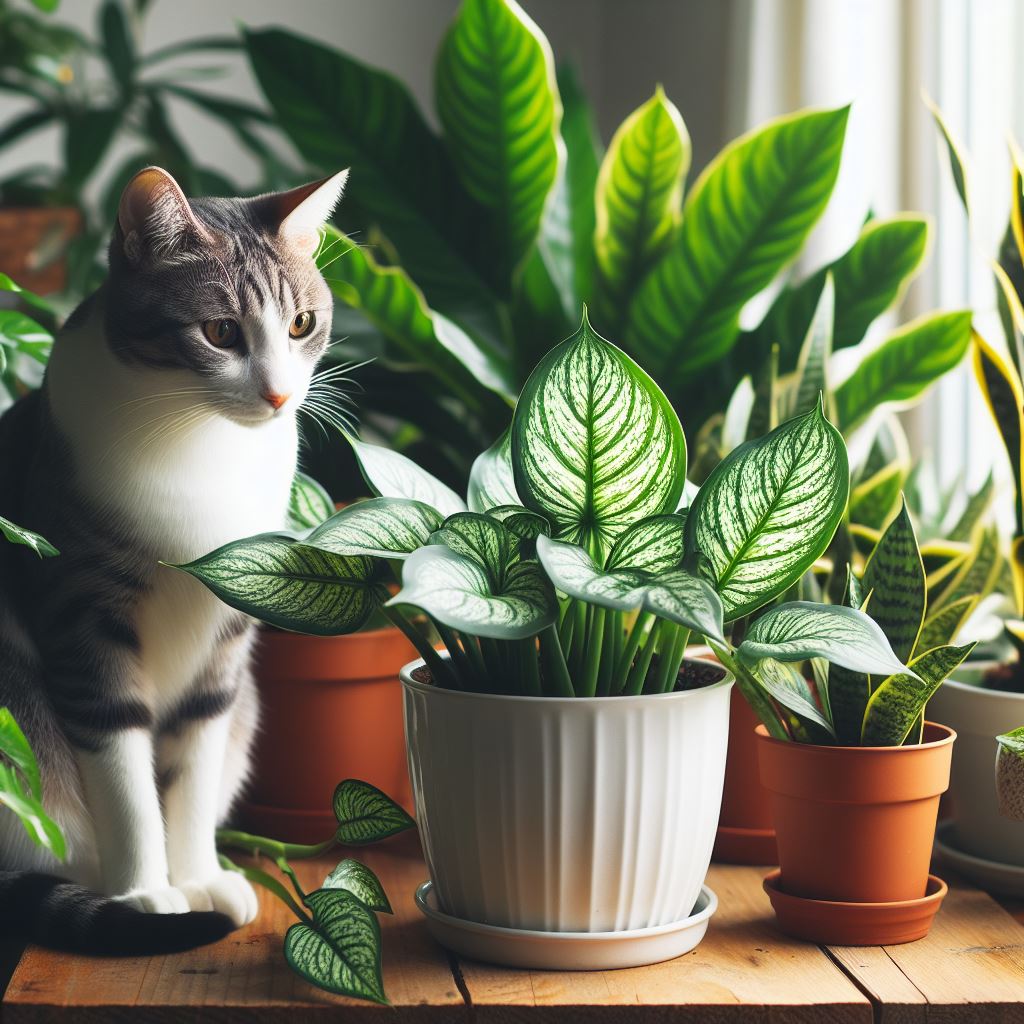
Introduction to Arrowhead Plants
Arrowhead plants, also known as Syngonium podophyllum, are popular indoor plants loved for their arrow-shaped leaves and low maintenance. These versatile plants come in a variety of colors, including green, pink, and variegated patterns, making them a favorite among plant enthusiasts.
Characteristics of Arrowhead Plants:
- Scientific Name: Syngonium podophyllum
- Family: Araceae
- Growth Habit: Vining or trailing
- Foliage: Arrow-shaped leaves, often variegated
- Toxicity: Arrowhead plants are toxic to cats, containing insoluble calcium oxalates, which can cause oral and gastric irritation when ingested.
Arrowhead plants are popular choices for indoor decoration due to their air-purifying properties and aesthetic appeal. Their ability to thrive in various light conditions, including low light, makes them an ideal choice for both experienced and novice plant owners.
With their unique foliage and easy care requirements, arrowhead plants have become a common sight in homes and offices. However, it’s essential for cat owners to be aware of the potential risks these plants pose to their feline companions. In the following sections, we will explore the toxicity of arrowhead plants to cats, the symptoms and treatment of poisoning, safe alternatives, and tips for creating a cat-friendly environment with arrowhead plants.
Toxicity of Arrowhead Plants to Cats – Are Arrowhead Plants Toxic to Cats?
Arrowhead plants, scientifically known as Syngonium podophyllum, contain insoluble calcium oxalate crystals. These crystals are toxic to cats if ingested, leading to various health issues. Here’s a closer look at the toxicity of arrowhead plants to cats:
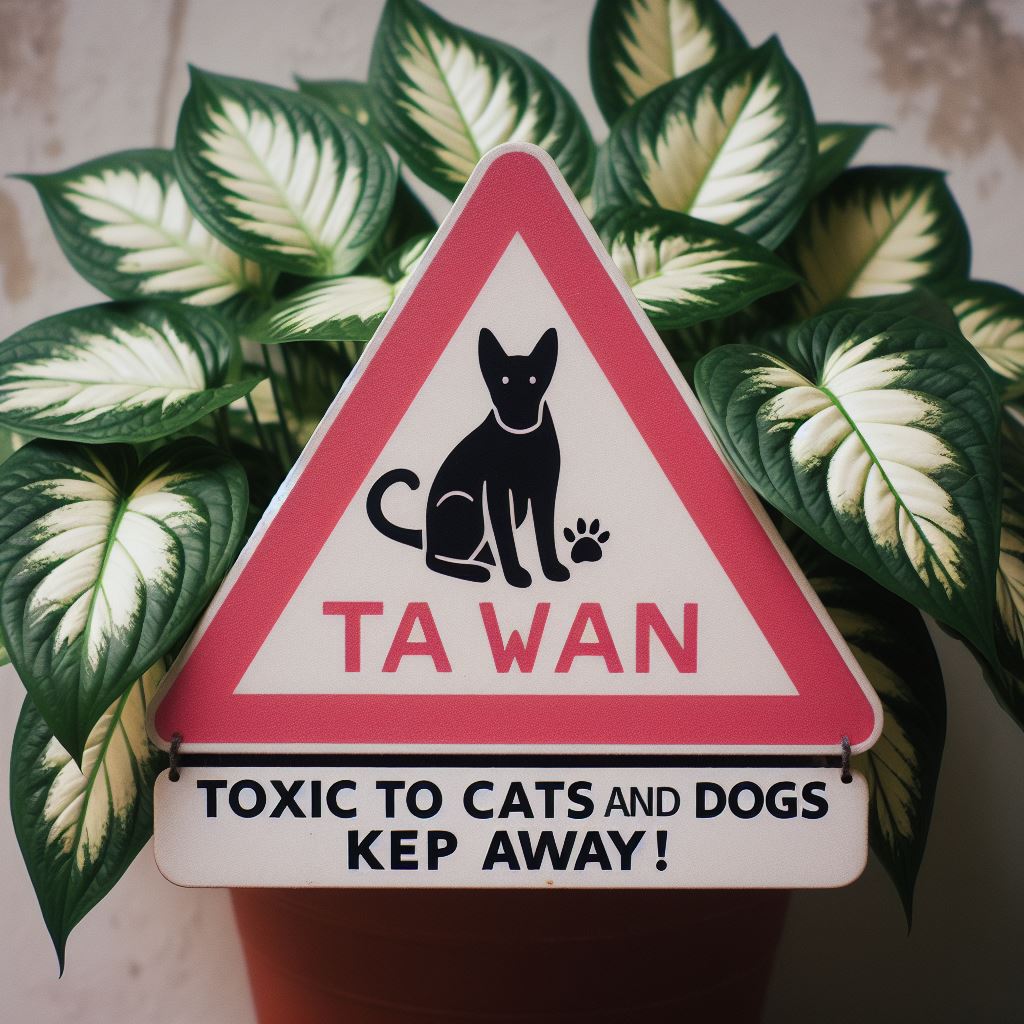
- Toxic Components: The arrowhead plant’s leaves and stems contain calcium oxalate crystals, which can cause significant health problems in cats if consumed.
- Ingestion Symptoms: When a cat ingests arrowhead plants, it may experience symptoms such as oral irritation, drooling, difficulty swallowing, vomiting, and in severe cases, difficulty breathing.
- Severity of Toxicity: The severity of toxicity can vary depending on the quantity of the plant ingested and the cat’s sensitivity. Even small amounts of the plant can lead to discomfort and health issues in cats.
- Risk of Exposure: Cats are generally curious and may nibble on houseplants, including arrowhead plants. As such, it’s crucial for cat owners to be aware of the potential risks associated with having these plants in their homes.
Given the potential health risks associated with arrowhead plants, it’s important for cat owners to take proactive measures to ensure a safe environment for their feline companions. This includes being mindful of the plants they choose to have in their living spaces, especially if they have cats.
In the next section, we will delve into the symptoms of arrowhead plant poisoning in cats, shedding light on what to look out for if you suspect your cat has ingested this toxic plant.
Symptoms of Arrowhead Plant Poisoning in Cats
Are Arrowhead Plants Toxic to Cats?
Arrowhead plants, though popular as houseplants, can pose a threat to our beloved feline companions. If a cat ingests any part of the arrowhead plant, it can lead to various symptoms of poisoning. It’s crucial for cat owners to be aware of the signs indicating arrowhead plant toxicity to cats, enabling them to seek timely veterinary care.
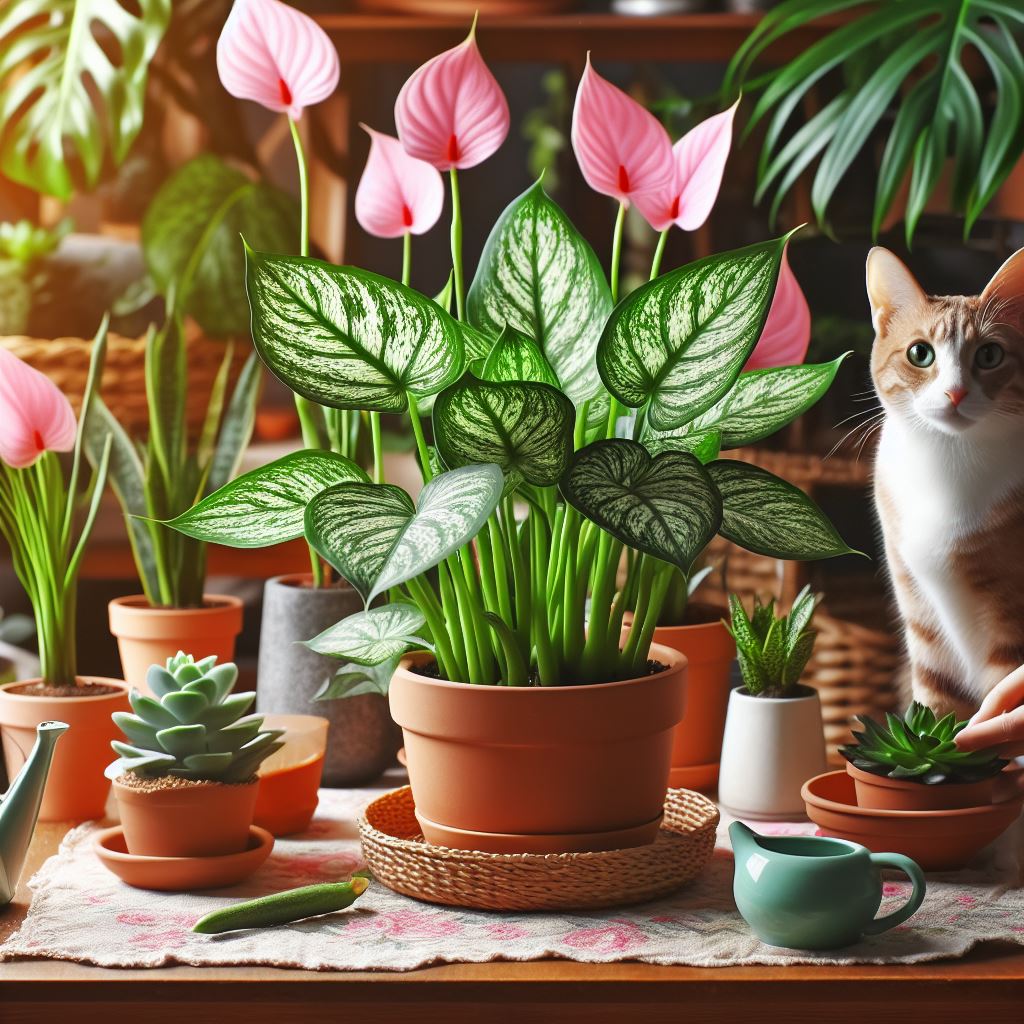
Common Symptoms:
- Gastrointestinal Distress: Cats may exhibit vomiting or diarrhea after ingesting arrowhead plants.
- Oral Irritation: Look out for drooling, pawing at the mouth, or signs of discomfort in the throat area.
- Loss of Appetite: A sudden disinterest in food can be a sign of poisoning.
- Lethargy: Cats may appear weak, fatigued, or unusually inactive.
- Incoordination: Watch for unsteady movements or lack of coordination in your cat.
- Respiratory Issues: Labored breathing or coughing can indicate a reaction to the toxin.
Comparison Table:
To provide a clearer understanding, here’s a comparison of the symptoms of arrowhead plant poisoning with other common feline illnesses:
| Symptom | Arrowhead Plant Poisoning | Common Feline Illness |
|---|---|---|
| Gastrointestinal Distress | ✓ | ✓ |
| Oral Irritation | ✓ | |
| Loss of Appetite | ✓ | ✓ |
| Lethargy | ✓ | ✓ |
| Incoordination | ✓ | |
| Respiratory Issues | ✓ | ✓ |
If you notice any of these symptoms in your cat and suspect arrowhead plant ingestion, it’s crucial to seek immediate veterinary attention. Early intervention can significantly improve the prognosis for your feline friend.
Treatment for Arrowhead Plant Poisoning in Cats
If you suspect that your cat has been exposed to arrowhead plants toxic to cats, it’s crucial to seek immediate veterinary assistance. Here are the steps that may be taken to address arrowhead plant poisoning in cats:
Inducing Vomiting: If the ingestion has occurred within the last two hours or as directed by the veterinarian, they may induce vomiting to eliminate the toxins from the cat’s system.
Activated Charcoal: This helps in preventing further absorption of the toxins in the cat’s digestive system. It binds to the toxins, facilitating their elimination from the body.
Intravenous Fluids: In severe cases of poisoning, intravenous fluids may be administered to help flush out the toxins from the cat’s body and restore hydration levels.
Medication: The veterinarian may prescribe medication to manage symptoms such as gastrointestinal distress or dehydration.
Monitoring: After initial treatment, the cat will need to be closely monitored to ensure that their condition stabilizes and that there are no further complications.
It’s important to note that home treatments or remedies are not recommended since they may exacerbate the situation. Immediate professional intervention is crucial to ensuring the best possible outcome for the affected cat.
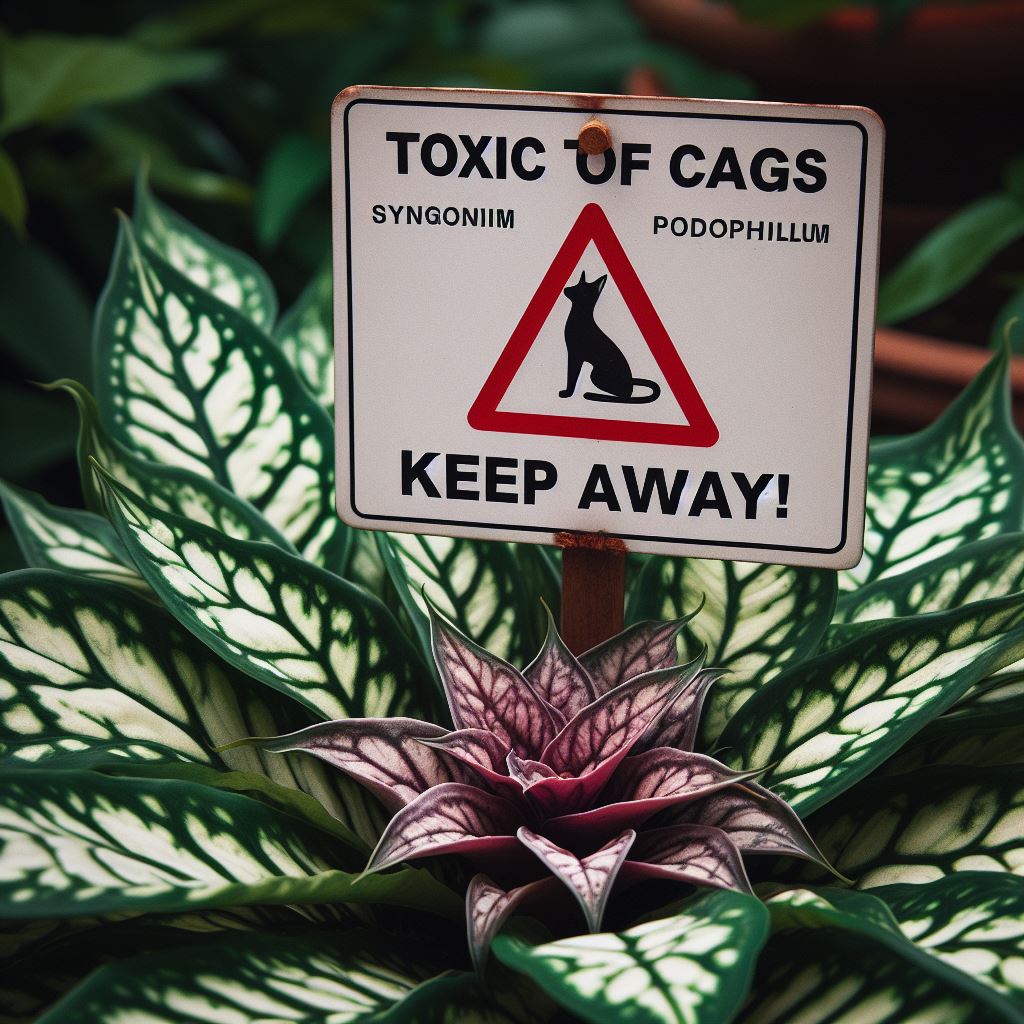
Remember, prevention is always better than cure. By being mindful of the presence of arrowhead plants in your home and taking precautions, you can help safeguard your cat from potential poisoning incidents.
Preventing Arrowhead Plant Poisoning in Cats
When it comes to ensuring the safety of your feline friends, prevention is key. To prevent arrowhead plants toxic to cats, consider the following steps:
Opt for Safe Plant Alternatives: Instead of arrowhead plants, consider cat-friendly plants such as spider plants, Boston ferns, or areca palms. These alternatives not only add greenery to your home but also pose minimal risk to your beloved cats.
Placement and Accessibility: Keep arrowhead plants in areas that are inaccessible to your cats. Consider hanging planters or placing plants on tall shelves to prevent curious pets from nibbling on the leaves.
Education and Awareness: Educate yourself and other household members about the toxicity of arrowhead plants to cats. By understanding the potential risks, you can take proactive measures to ensure a safe environment for your pets.
Regular Monitoring: Keep a close eye on your cats, especially if they have a tendency to explore and chew on plants. Regular monitoring can help you detect any unusual behavior or symptoms of poisoning at an early stage.
Consult with a Veterinarian: If you have any concerns about arrowhead plants or suspect that your cat has ingested a toxic plant, promptly seek advice from a veterinarian. They can provide guidance on plant safety and offer recommendations tailored to your specific living situation.
By implementing these preventive measures, you can create a secure space for your cats while enjoying the company of houseplants in your home.
Benefits of Arrowhead Plants for Cats
Arrowhead plants, despite being toxic to cats, can offer some benefits when kept in a household with feline companions. Here are a few potential advantages of arrowhead plants for cats:
Air Purification: Arrowhead plants are known for their air-purifying qualities. They can help improve the air quality in your home, which can benefit both you and your feline friends. Cleaner air can contribute to better respiratory health for your cats.
Aesthetic Appeal: These plants come in various colorful varieties and can add aesthetic value to your living space. Their visually appealing foliage can create a calming and attractive environment for both you and your pets.
Mental Stimulation: Having indoor plants, including arrowhead plants, can provide mental stimulation for cats. They may find entertainment in observing the plants, which can contribute to their overall well-being and prevent boredom.
Teaching Boundaries: By placing arrowhead plants out of reach of your cats, you can establish boundaries and teach them which areas are off-limits. This can contribute to their training and discipline.
However, it’s crucial to weigh these potential benefits against the risks of toxicity to ensure the safety and well-being of your feline companions. If you choose to have arrowhead plants in your home, it’s essential to do so responsibly and with a thorough understanding of the potential dangers they pose to your cats.
Remember, always prioritize the safety and health of your pets when making decisions about the plants and other items in your home.
Safe Alternatives to Arrowhead Plants for Cat Owners
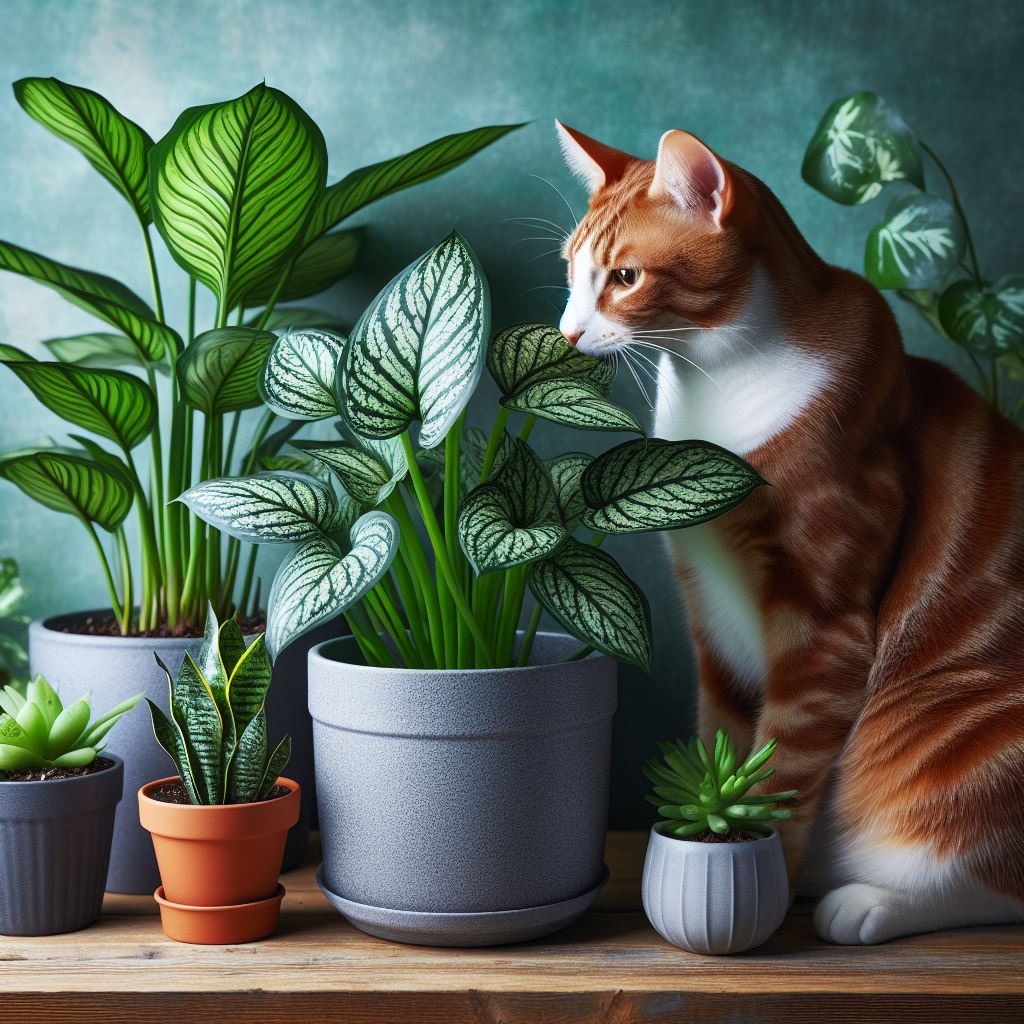
When it comes to creating a safe environment for your feline friends, it’s crucial to consider plant options that are non-toxic to cats. While arrowhead plants may pose a risk to your pet’s health, there are several safe alternatives that can bring greenery into your home without endangering your cat. Here are some safe plant alternatives to consider:
Spider Plant (Chlorophytum comosum): This popular houseplant is safe for cats and adds a touch of lush foliage to your space.
Boston Fern (Nephrolepis exaltata ‘Bostoniensis’): Known for its air-purifying properties, this fern is a safe and visually appealing option for cat owners.
Areca Palm (Dypsis lutescens): This palm variety is non-toxic to cats and can bring a tropical vibe to your home decor.
Bamboo Palm (Chamaedorea seifrizii): With its graceful fronds, this palm is a safe and stylish choice for cat-friendly homes.
Calathea (Calathea spp.): These strikingly patterned plants are safe for cats and can add a pop of color to any room.
When selecting houseplants, it’s essential to ensure that they are not only visually appealing but also will not harm your furry companions. By opting for safe alternatives to arrowhead plants, you can create a thriving indoor garden while prioritizing the well-being of your beloved cats.
Consulting a Veterinarian for Advice
When it comes to ensuring the safety and well-being of your feline friend, it’s crucial to seek professional advice from a veterinarian, especially if you are considering introducing arrowhead plants into your home. Consulting a veterinarian for advice on arrowhead plants toxic to cats is essential for making informed decisions and mitigating potential risks to your pet’s health.
Here are the reasons why consulting a veterinarian is important:
Expert Guidance: A veterinarian can provide valuable insights into the potential risks associated with arrowhead plants and their toxicity to cats. They can offer expert guidance on identifying, handling, and managing potential poisoning incidents.
Alternative Plant Options: If you are keen on adding greenery to your living space but want to ensure that it’s safe for your cat, a veterinarian can recommend alternative plant options that are non-toxic and cat-friendly.
Symptom Recognition: Veterinarians can educate you on the specific symptoms of arrowhead plant poisoning in cats, enabling you to spot any concerning signs early and seek prompt medical attention.
Treatment Protocols: In the unfortunate event that your cat ingests arrowhead plants, a veterinarian can outline the appropriate treatment protocols and first aid measures to administer before seeking professional veterinary care.
Consulting a veterinarian for advice on arrowhead plants toxic to cats is a proactive step in promoting a safe environment for your feline companion and ensuring that your home remains a haven free from potential hazards.
Common Misconceptions about Arrowhead Plants and Cats
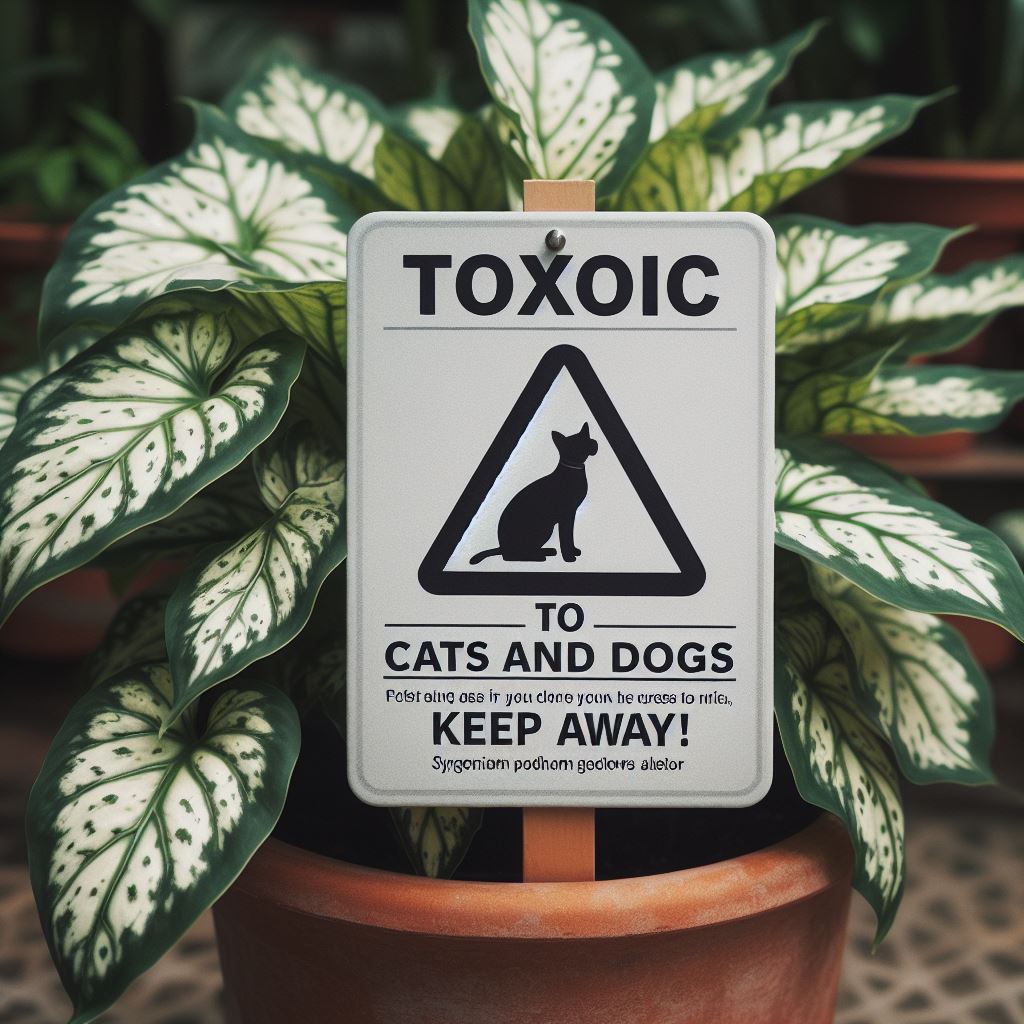
There are some common misconceptions about arrowhead plants and their effects on cats. Let’s address these misconceptions to ensure that cat owners have accurate information about the potential risks associated with arrowhead plants.
Misconception 1: Arrowhead plants are completely safe for cats
- While arrowhead plants may not be as toxic as some other common houseplants, it’s important to note that they can still pose a risk to cats if ingested. Even though the toxicity level may vary from cat to cat, it’s better to err on the side of caution.
Misconception 2: Cats will naturally avoid toxic plants
- Contrary to popular belief, not all cats will instinctively avoid toxic plants. Some cats may be curious and ingest the leaves or other parts of the arrowhead plant, leading to potential poisoning.
Misconception 3: Only certain parts of the plant are toxic to cats
- While the sap of the arrowhead plant is known to contain calcium oxalate crystals which can cause oral and digestive irritation in cats, it’s essential to understand that various parts of the plant, including the leaves and stems, can also be toxic if ingested.
Misconception 4: Arrowhead plants are essential for cats’ well-being
- Some may believe that arrowhead plants offer specific benefits to cats. However, there are numerous safe alternatives available that provide similar aesthetic and environmental enhancement without posing a risk to feline friends.
Dispelling these misconceptions is crucial in creating a safe and cat-friendly environment. By understanding the potential risks associated with arrowhead plants toxic to cats, cat owners can make informed decisions and take necessary precautions to ensure the well-being of their beloved pets.
Conclusion: Ensuring a Safe Environment for Cats
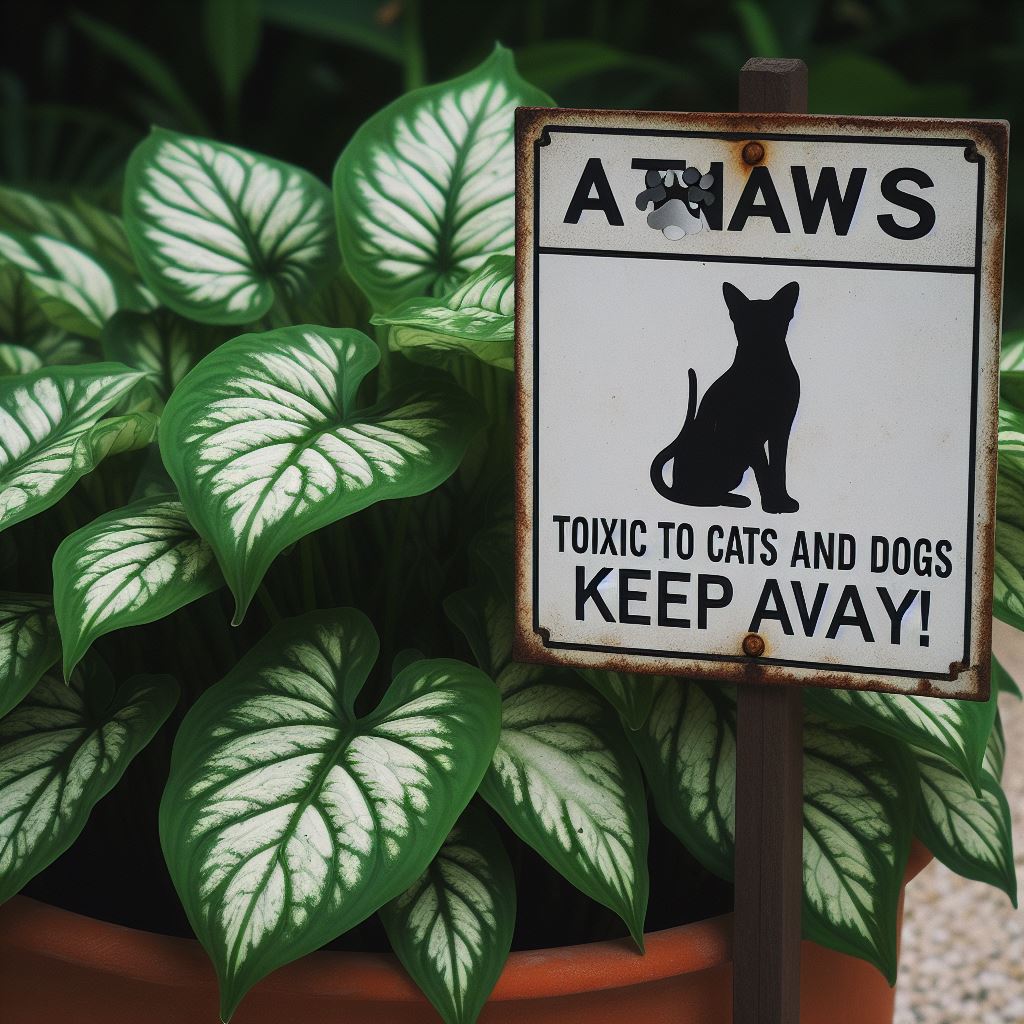
In conclusion, while arrowhead plants can make a lovely addition to your home, it’s crucial to be aware of the potential risks they pose to your feline friends. Keeping your cats safe should be a top priority, and being informed about the potential toxicity of certain houseplants is a significant part of that effort. By taking the necessary precautions and being proactive in creating a safe environment, you can prevent accidental poisoning and promote the well-being of your beloved pets.
- It’s essential to thoroughly research any plant before bringing it into your home, particularly if you have cats.
- Regularly monitor your cats for any signs of illness or unusual behavior and seek veterinary care immediately if you suspect arrowhead plant poisoning.
- Consider safe alternatives to arrowhead plants, such as spider plants, Boston ferns, or palms, which are non-toxic to cats but still add greenery to your space.
- Always consult with a veterinarian if you have any concerns about specific plants or if you notice any concerning symptoms in your cats.
- Remember that creating a safe environment for your cats not only involves being mindful of the plants in your home but also providing adequate nutrition, enrichment, and veterinary care.
By prioritizing your cat’s safety and well-being, you can create a harmonious living space where both your plants and pets can thrive without posing unnecessary risks to each other.
Frequently Asked Questions
Are arrowhead plants toxic to cats?
Yes, arrowhead plants (Syngonium podophyllum) are toxic to cats. The plant contains insoluble calcium oxalates, which can cause oral irritation, drooling, vomiting, and difficulty swallowing when ingested by cats. It’s important to keep arrowhead plants out of reach of cats and to seek veterinary assistance immediately if you suspect your cat has ingested any part of the plant.
What are the symptoms of arrowhead plant poisoning in cats?
The symptoms of arrowhead plant poisoning in cats include oral irritation, drooling, vomiting, and difficulty swallowing. In severe cases, ingestion of arrowhead plants may lead to more serious symptoms such as swelling of the mouth or throat, respiratory distress, and difficulty breathing. If you notice any of these symptoms in your cat, seek immediate veterinary care.
Can arrowhead plants cause death in cats?
Ingestion of arrowhead plants can potentially lead to severe health complications and, in rare cases, death in cats. The presence of insoluble calcium oxalates in the plant can cause significant oral and gastrointestinal distress, and if left untreated, it can lead to more serious and life-threatening complications. Prompt medical attention is crucial if a cat ingests any part of an arrowhead plant.
How can I keep my arrowhead plant away from my cat?
To keep your arrowhead plant away from your cat, you can place it in a location that is inaccessible to your cat, such as a high shelf or hanging planter. You can also use deterrents like double-sided tape or aluminum foil around the base of the plant to discourage your cat from getting too close. Additionally, consider providing alternative safe plants for your cat to explore.
What do I do if my cat ingests an arrowhead plant?
If you suspect that your cat has ingested any part of an arrowhead plant, it’s important to seek immediate veterinary care. Contact your veterinarian or an emergency animal hospital right away, and be prepared to provide details about the plant, the amount ingested, and any symptoms your cat is experiencing. Quick action is crucial in ensuring the best possible outcome for your cat.
Arrowhead Plants and Cats: A Guide to Toxicity
| Aspect | Information |
|---|---|
| Toxicity to Cats | Arrowhead plants (Syngonium podophyllum) are considered mildly toxic to cats. |
| Toxic Components | The plant contains oxalate crystals, which can cause irritation if ingested. |
| Symptoms of Ingestion | Oral irritation, drooling, vomiting, and difficulty swallowing may occur. |
| Severity of Toxicity | Generally mild, but individual reactions may vary. Seek vet attention if signs persist. |
| Preventive Measures | Place Arrowhead Plants out of reach, consider pet-safe alternatives. |
| Emergency Response | If ingestion occurs, contact a vet. Provide details on the plant for accurate advice. |
| Additional Considerations | Monitor cats closely around plants, especially if they exhibit curiosity. |
| Pet-Friendly Alternatives | Explore cat-safe plants to ensure a secure environment for your feline friend. |
Always consult with a veterinarian for personalized advice concerning your pet’s health.
Learn more for the health of your pets and plants! Check out our rich content in the pets category. 🐾🌿 #PetCare #Plants
Read More Now..






